| overlay and mixing in vr | |
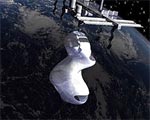 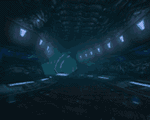
 1 'The Visual Culture Reader', p.181, Mirzoeff, Nicholas |
When we look at the non-visible in the era of machinic vision at least two directions have to be distinguished. One of them is the overlay of physical space by data (as seen before: surveillance, tracking, ...) and the other are the creations of virtual realities by trying to imagine physical space into the virtual non-space of data. It probably can be described by how the transmission of data, with all its inherent complications for the concepts of time and space, creates new layers within the function of perception. A defining fact is that now the machinic is also needed for recoding. |
| The two directions descend
from the same developments, eventhough the working mode is quite different.
Virtual worlds are developed with perspective-generating algorithm,
yet density and volume are as mutable as color or texture. Real-time
applications are now rendering space trough time. A seemingly new way of experiencing the outside on the inside appeared. This was the obvious background, when the evolement of simulators began. 'On the other hand, computer-generated environments offer the chance to interact with and change this illusory reality, an oppertunity that no previous medium has been able to provide.'1 (movie) |
|
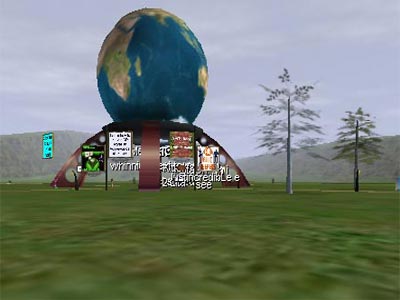 2 'perform or else', p.94 McKenzie, Jon |
Through the hybridization of hardscape and imagescape a former disembodied experience becomes seemningly reintegrated into the human spatial environment. 'At the turn of the 21st century, the citationality of discourses and practices is passing across an electronic threshold, a digital limen. Words and gestures, statements and behaviors, symbolic systems and living bodies are being recorded, archived and recombined through multimedia communication networks. Liminal and liminoid genres are becoming cyberspatial, flighty, liminautic.'2 |
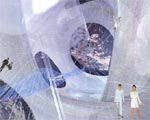 3 'perform or else', p.199 McKenzie, Jon 4 'perform or else', p.127 McKenzie, Jon, quoting B.Laurel 'Computers as theatre' |
The integration of digitized performance to our own influences perception. It has to be taken into regard, that as selfreferential as these computerized systems are, they cannot really work under total closure, because they need correlation. 'In order to be what it is, a system must be other. Yet because self-referentiallity incorporates alterity deep inside the system, it simultaneously creates a pocket within it: the very process of self-referentiality that generates a system's coherence also renders it systematically unstable, incomplete, disorientated.'3 So this should not be forgotten when we take use of devices to create 'imaginary worlds that have a special relationship to reality - worlds in which we can extend, amplify, and enrich our own capabilities to think, feel, and act.'4 (movie) |
 |
Links to more theory: SPECTRALIZATION OF SPACE (Marina Grzinic) The Aesthetics of Virtual Worlds (Lev Manovich) in german: Virtuelle Welten .. an example to 3D virtuality: 3D architectuur visualisatie and tate in space .. to games: opensorcery (with a lot of further links) and simulation: Virtual Environment Training flight simulation Air Vehicle: Flight Simulation or new general site nads driving simulation (for further links go to layered transmissions) |
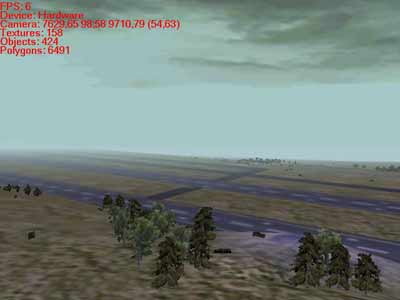 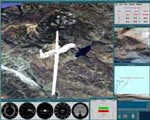 |